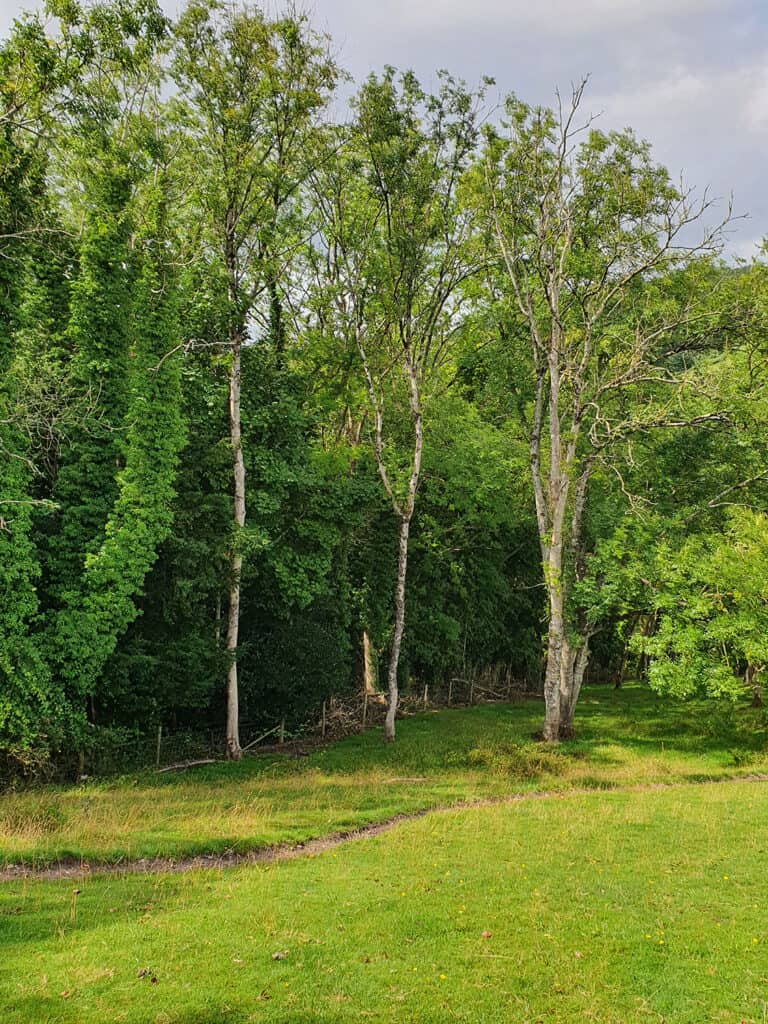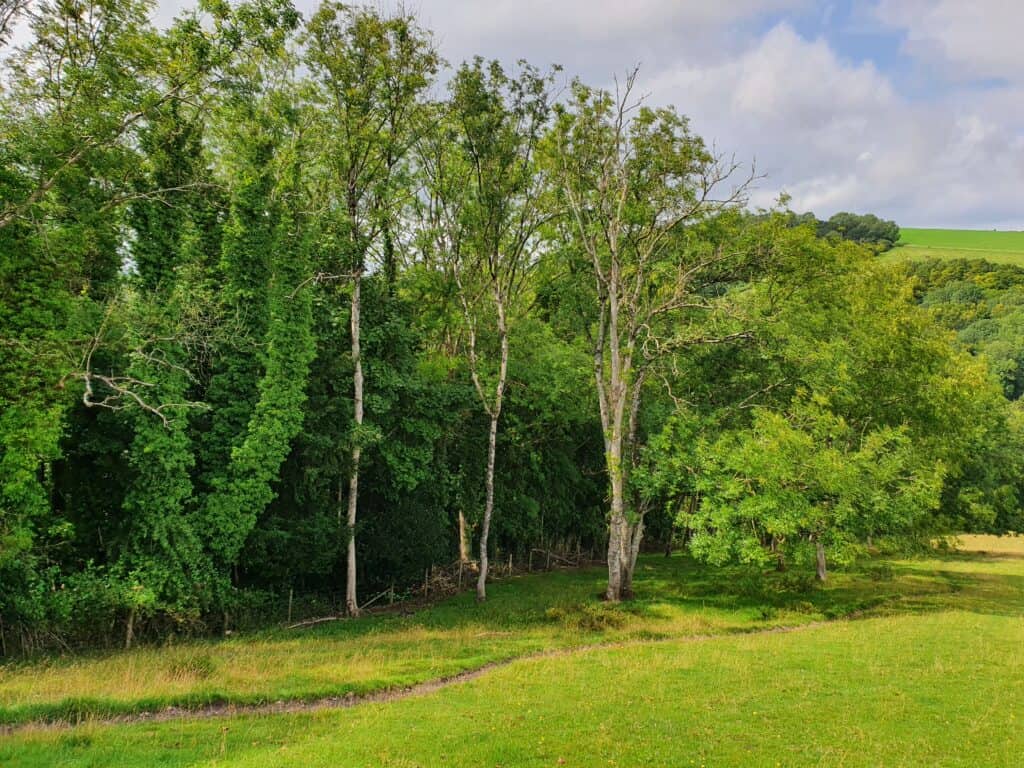England fell into mourning in the 1970s as Dutch elm disease spread across the country, and yet we are reacting with insouciance to a far greater natural disaster, ash dieback. About 60m elm trees died, with a devastating impact on the landscape of East Anglia but we are witnessing the slow death of many more ash trees, albeit spread more widely. There were around 170m ash trees in the UK a few years ago, and the expectation is that up to 80% will die. The Dorset Area of Outstanding Natural Beauty estimates that ash accounts for 12% of the county’s woodland, close behind oak. The disease was first discovered in South East England in 2012, but already half of Dorset’s ash trees are infected, dying or have died. All over the county the raucous sound of chainsaws is being heard as loggers and tree surgeons remove the trees.

Ash dieback is caused by a fungus called Chalara fraxinea, resulting in leaf loss and crown dieback, but it is a slow death for the tree. It is carried on the wind and by transportation of infected trees. All ash trees are vulnerable, but particularly younger ones, while older and more isolated ones can survive. Look for leaves developing dark patches in summer, which then wilt prematurely, and long diamond-shaped lesions girdling small branches and twigs, which starve the leaves above of water. It affects new growth in particular.
The Woodland Trust estimate it will cost the UK £15bn to clear up dying trees and to offset the impact on the environment, such as the reduced level of water purification and carbon sequestration. This is higher than the reported cost of the foot-and-mouth disease outbreak in 2001. There will be a major impact on wildlife. Ash trees provide an important habitat for more than 1,000 species including birds, beetles and mammals, such as the Hazel Dormouse. The Dorset landscape that Thomas Hardy extolled is changing for the worse, and the Blackmore Vale is no exception, with ash being the one of the major hedgerow trees. One of our other concerns is that local authority planning teams are not considering the adverse impact on the screening of new development projects.

How can you help? If you have an ash tree in your garden, gather up and burn all the dead leaves, however healthy the tree appears. Out walking, please clean your shoes before and after visiting a wood.
Everyone is being encouraged to plant new trees to offset climate change, but few have taken onboard the extra need to replace the ash trees. Dorset CPRE are funding Trees for Dorset to plant new trees in Purbeck, and North Dorset CPRE are open to requests for funding to support planting in North Dorset on public land (please email rupert@hardyfinancial.co.uk).
Get planting!
Rupert Hardy, Chairman, North Dorset CPRE




[…] Ash dieback is a tree disease caused by a fungus that originated in Asia and arrived in the UK via Europe It affects the common ash, young and old, across the whole of the UK. It is devastating as it has the potential to kill 80 – 90% of our ash in the UK, which could affect the landscape and threaten species that rely on ash.(See the CPRE’s column in Sep 21 issue: ‘Ash Tree Crisis: A Disaster in the making‘) […]